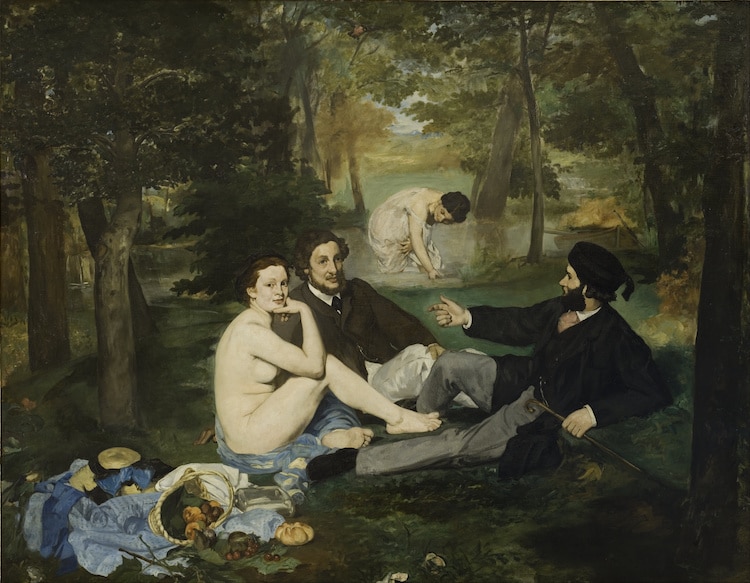To cross over from the dimension of exile and dependence to that of sovereignty and responsibility requires discovering God as a force within us. View the study sheet here. Watch the recording here.

Last month the Oregon Jewish Museum and Center for Holocaust Education opened an exhibit of twenty-five works by Salvador Dali collectively titled Aliyah. Dali had been commissioned by the artbook publisher Samuel Shore to produce the pieces to commemorate the 20th anniversary of the State of Israel. It was a great honor for us to have helped bring that exhibit to Portland.
For nearly two thousand years the re-establishment of a Jewish homeland in the land of Israel was a dream, passed down through story and song from generation to generation. Then in 1902 Theodore Herzl wrote in his novel The Old New Land, “If you will it, it is no dream.” Herzl, founder of the modern Zionist movement, challenged Jews to cross over from dreamscape to landscape.
Shore’s selection of Dali for the commission encourages us to ponder the relationship between dreamscape and landscape. There is a realm in our lives where our fantasies dwell. And there is a realm in which we encounter and must deal with everyday realities. Dali as a Surrealist was primarily interested in exploring the dream dimension of life. Yet, Shore had charged him with painting images that celebrated a dream made real. What survives such a transition? And what is the impact on the dreamer?
To live in a dream world is to elevate the timeless over the timefull. It is where the ideal prevails over the real. For hundreds of years the dominant aestheticism in Western art was Classicism, which embraced the Roman and Greek cultural pursuit of ideals of beauty, harmony and proportion. The everyday was viewed as sullied. The transcendent was the proper focus for artistic expressions.
Edouard Manet directly challenged those assumptions. Manet began painting when his beloved Paris was beginning to profoundly change. Warrens of narrow streets gave way to broad boulevards which encouraged pedestrian excursions and a mixing of communities. A rising middle class asserted its importance. Rail transportation not only allowed people to explore beyond their immediate surroundings. It also gave them a very different sense of the pace of time, of how transient life was.
Manet embraced this modern, new world. He celebrated not the eternal but the contemporary. Pictured here is his work The Luncheon on the Grass, painted in 1863. It was inspired by a Renaissance engraving by Marcantonio Raimondi after Raphael’s drawing The Judgment of Paris.
The Judgment of Paris, produced in about 1510, is one of the great masterpieces of Classical art, both in its execution and its subject. It describes the Greek myth of the mortal Paris being called up into the heavens to decide which goddess – Juno, Minerva, or Venus – was the most beautiful. Paris chooses Venus after she promises to help him woo Helen.
Manet reimagines three of the figures from Raimondi’s engraving as two middle class clothed men and a nude woman enjoying a picnic by the water. In the background is a partially clothed woman. The official French academy rejected the painting for its 1863 Salon. What shocked the establishment was not the presence of the nude females, a classical subject, but their presence in a modern setting, accompanied by men dressed in ordinary, middle-class clothing. It was the ordinariness of setting and subject, not the nudity, that the official authorities of taste and morality found almost obscene.
Manet showed his rejected painting at the Salon des Refuses, an alternative salon established by those who had been refused entry to the official one. Manet’s work was a point of departure. From the gods and goddesses of Classical art and its emphasis on the everlasting and the ideal to ordinary men and women and their everyday lives. These became the subjects celebrated by the Impressionists and the modern artists who followed them.
The book of Deuteronomy too is a point of departure. Its very name in Hebrew, Devarim (“words”), evokes the opening book of Torah, Genesis. That book begins with God speaking words which bring life into existence. Yet, like Manet, Torah reworks that masterpiece to make a point. Unlike Genesis, Deuteronomy’s speaker of words that shape reality is no longer God. It is the human, Moses.
This is Torah’s concluding lesson. The one who will drain the swamps, defeat those who attack us, make water potable, and feed the hungry will no longer be God. It will be us. Rabbi Jonathan Sacks wrote, “Deuteronomy marks the move from divine initiative to human responsibility.”
Join us here at 7:00 p.m. (PT) Thursday, July 20 as we explore departure point: from divine to human.








